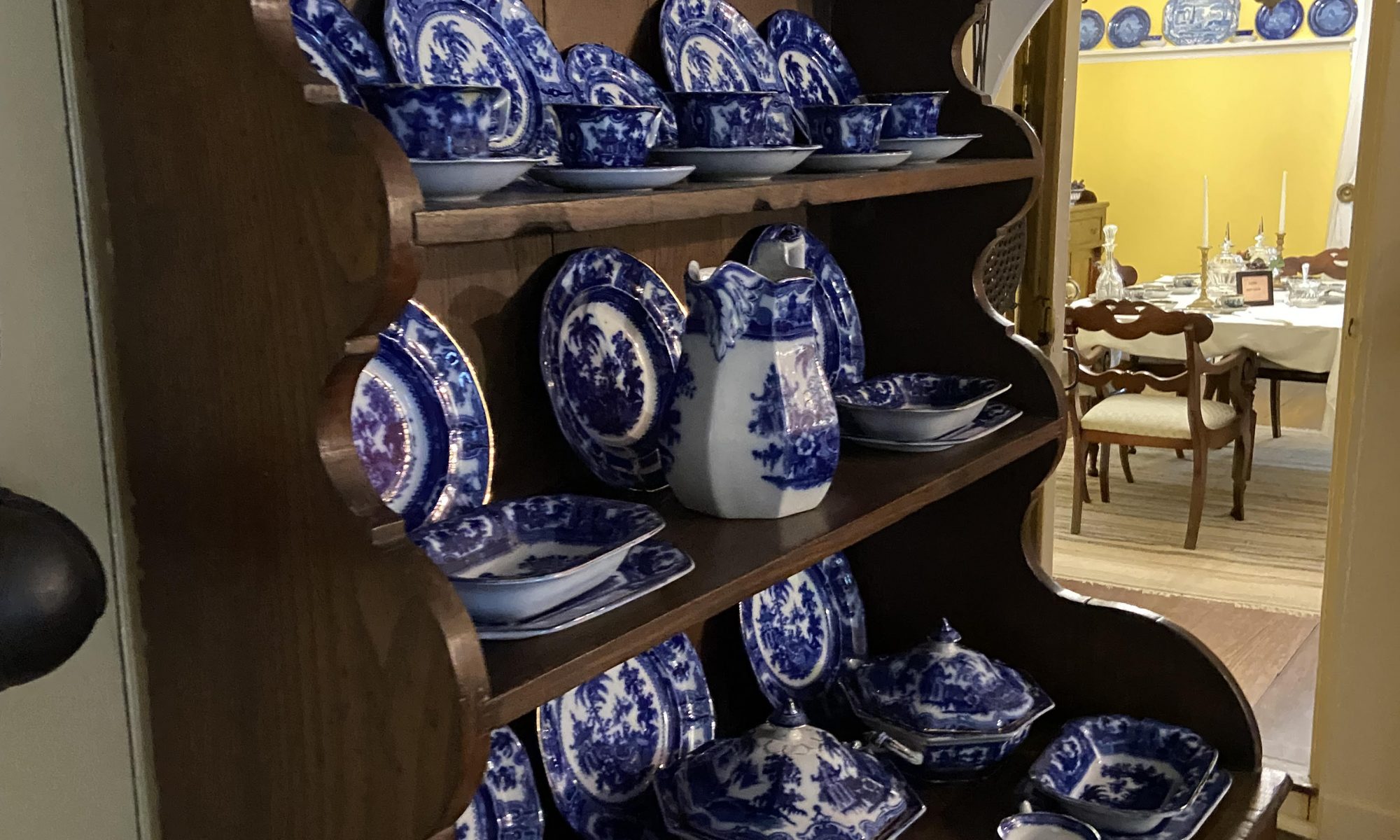Recently, I visited the Home Sweet Home Museum, the alleged home of John Howard Payne. However, the property’s neighbor, Mulford, spread pure fiction about his ownership and residency.
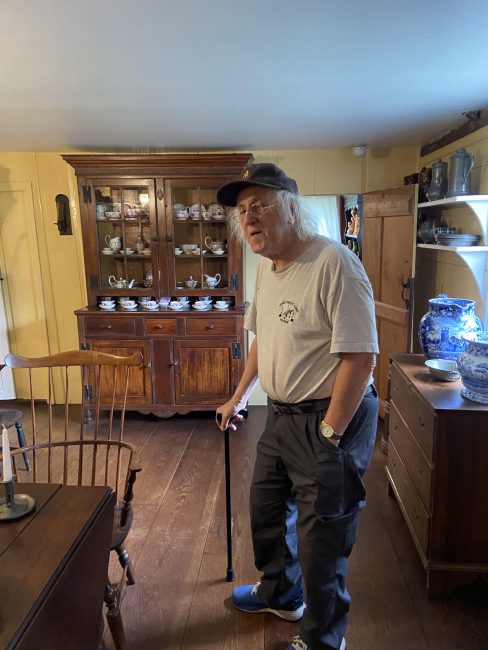
On my short tour, my fabulous tour guide, who resembles a disheveled Ben Franklin, shared historical gossip, sparkling conversation, and quick, biting commentary about the people who lived there.
John Howard Payne was a very talented child actor who succeeded in London. My tour guide boasted that John Howard Payne was the first American actor to invade the British stage.
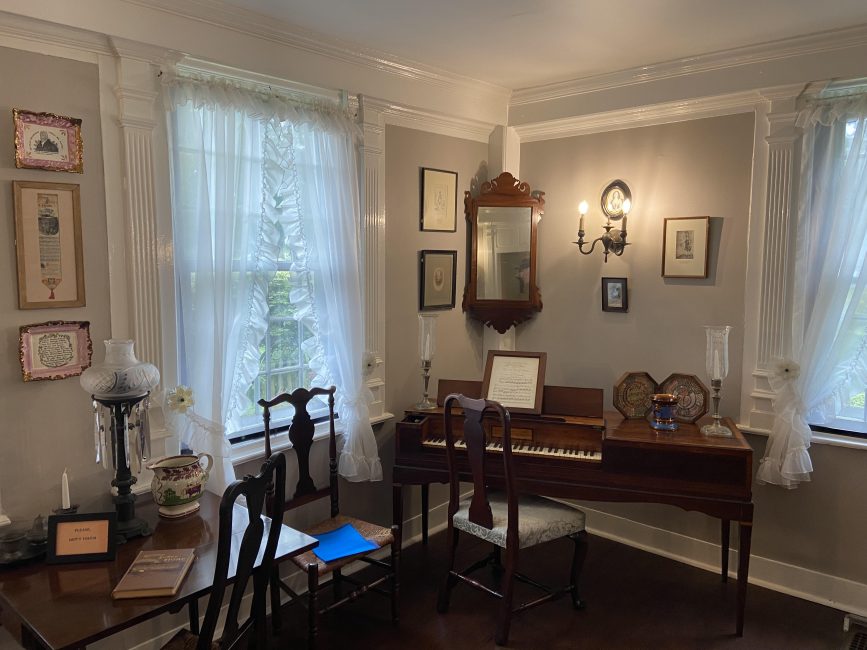
Later, he stepped away from the stage to devote himself entirely to writing and producing. His famous song Home Sweet Home was first sung in Covent Garden, England, in 1823 as part of the operetta “Clari, the Maid of Milan.”
John Howard Payne is falsely linked to the property because he visited East Hampton as a child and had numerous relatives there. Many of Payne’s relatives have attributed the inspiration for the song “Home Sweet Home” to the eighteenth-century saltbox situated on the village green in the hamlet of East Hampton.
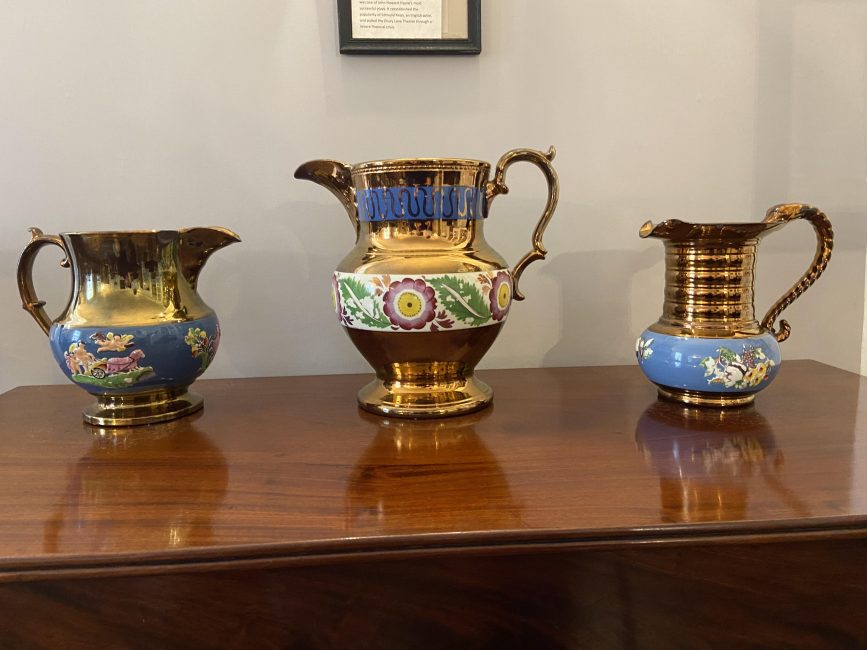
The house is decorated to show the extensive collection of dishes and tableware.
From 1907 to 1927, Mr. and Mrs. Gustav Buek owned and lived in the house. They furnished every room with antique period and colonial revival pieces and John Howard Payne memorabilia. Sadly, they don’t have John Howard Payne t-shirts or baseball caps for sale.
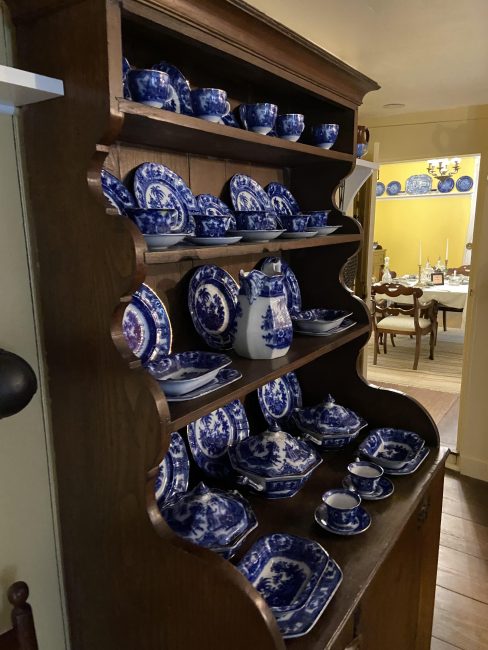
Home Sweet Home Museum’s tiny dining room displays blue transferware on the wall and a 19th-century willow pattern on the table.
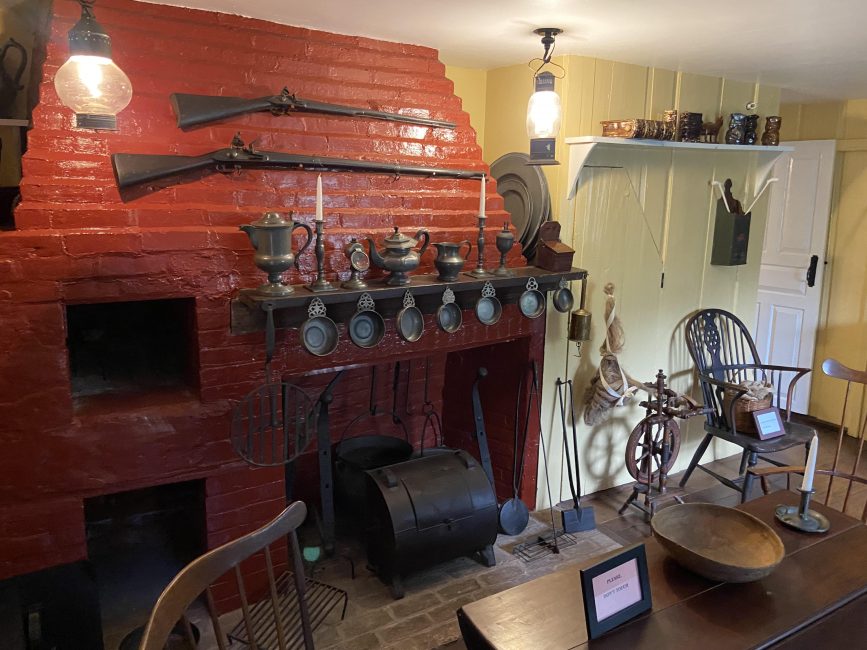
Much to my joy, my tour guide told me no one hung a gun above their fireplace. The guns on display are not history but the folly of a dizzy decorator.
Before insulin was discovered in 1921, people with diabetes were treated with strict diets and other lifestyle measures that were not very effective. Some patients had very strict diets low in carbohydrates and sugar, high in fat and protein, and as low as 450 calories daily. These diets could sometimes cause patients to die of starvation.
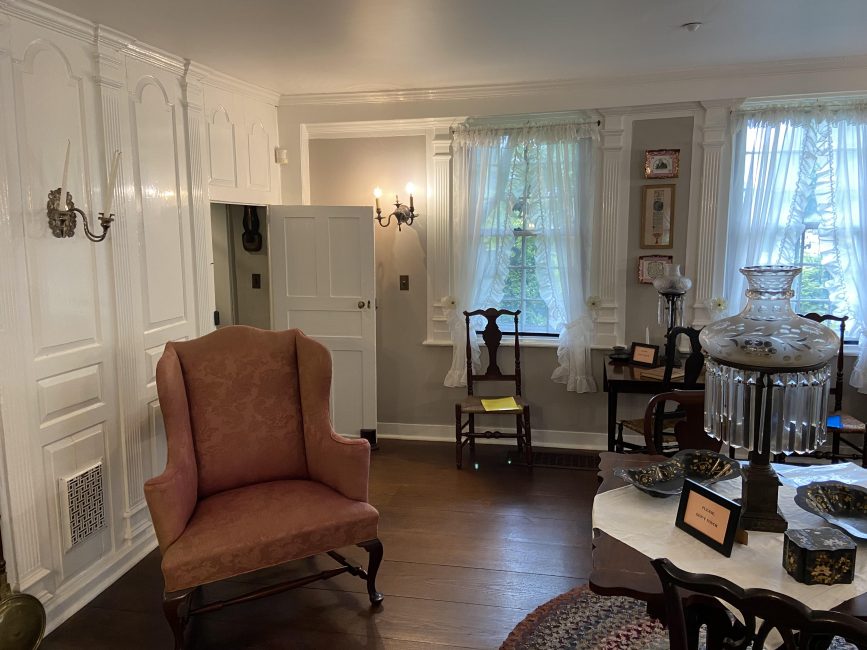
On an earlier visit, another Home Sweet Home tour guide, Francine, mentioned something to me about the witch trials in East Hampton and Connecticut that preceded the Witch trials in Salem, MA. So when I asked my tour guide about the witch trial, his eyes sparkled because his wife had written a book about it.
The most famous witch trials involved Elizabeth “Goody” Garlick, who was accused and tried for witchcraft following the mysterious death of a 16-year-old girl named Elizabeth, the daughter of Lion Gardiner, an English engineer and colonist who founded the first English settlement in New York.
In the summer of 2008, Ralph Lauren Corporation made a four-year commitment to financially assist in preserving the Mulford Farm homestead and land. The Mulford Farm, listed on the National Register of Historic Places, is considered one of America’s most significant, intact English Colonial farmsteads. Originally the site of three successive blacksmith shops, by 1680, the Mulford Farm was a family farmstead of approximately fourteen acres. It was home to more than ten generations of families, mainly the Mulfords, until 1949.


